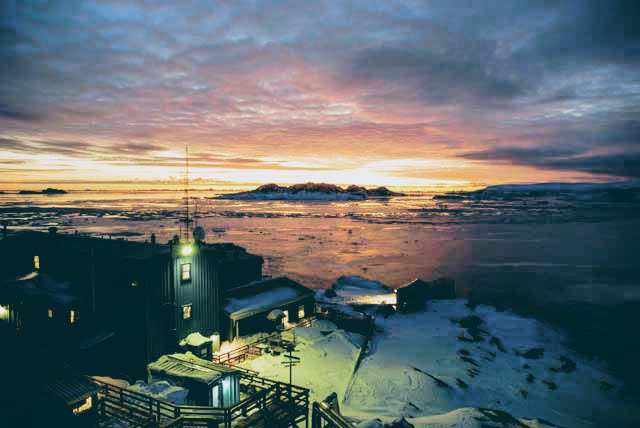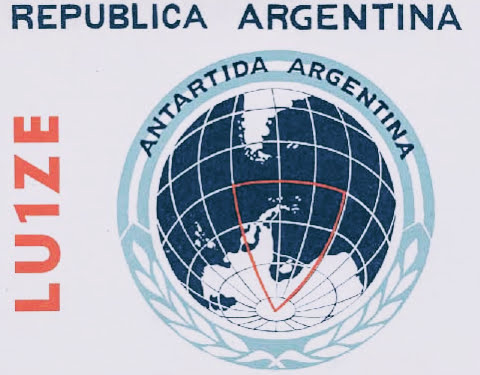Many thanks to Bill Hemphill (WD9EQD) who is one of our newest contributors at the Shortwave Radio Audio Archive (SRAA). Bill approached me at the Winter SWL Fest this year noting that he has a wide variety of radio-related audio recordings to share with the SRAA and the SWLing Post.
This week, Bill shared two fascinating tape recordings he originally acquired from an estate sale box. These recordings were originally made in 1974 by the late Jim Hayward (W2PVF) in Absecon, New Jersey (USA) with two different ham radio stations in Antarctica.
This first recording is between W2PVF and KC4AAC of Palmer Station. The audio starts mid conversation:
The second recording is between W2PVF and LU1ZE of the Argentine Antarctica Station. The operator at the microphone is W1PV. The recording even includes a phone patch:
Bill, thanks so much for sharing these recordings–I thoroughly enjoyed them!
I’m so impressed with the audio and signal quality of the Antarctic stations. In 1974, we were approaching a solar minimum in Solar Cycle 20. Still, I bet conditions were better than anything we’ve seen in over a decade!
I’m curious if any Post readers have ever made contact with either of these stations or even know the operators in the recordings? Bill notes that Jim (W2PVF) was president of the local Atlantic City Electric Company for many years. Would be fun to share these recordings with the some of the original operators, if they’re around!



My Hallicrafters S-120A (the transistor one) had Antarctica printed on the dial, one of those exotic things when shortwave was new to me and I was only 11.
But actually, the first issue of QST I ever saw, the start of my subscription, was April 1971. The cover has long disappeared, but it was a photo of a ham who passed a lot of traffic to the US Antarctica base. I think the photo of him was on the ice down there (and if not, then a photo of him operating from home). But because he was so prolific in handling traffic to there, he ended up with a free trip to Antarctica.
Yes, it must be much easier now than forty years ago. Better equipment, better housing, and all the modern electronics that leaves them less isolated and with things to do.
Michael
Thanks for sharing that, Michael! As I’ve mentioned a number of times ont he SWLing Post, I find Antartica a particularly fascinating place. I would have gotten an incredible thrill in 1971 making contact with any station on the frozen continent. One of my favorite all time ham radio contact, in fact, was with the Peter 1 DXpedition. I happened to be at the right place and at the right time to hear them calling CQ on 17 meters. I worked them with 50-70 watts SSB and even chatted for a bit as they tested the waters on 17 meters. Great memory.
Thanks for sharing these! The recording is like opening a time capsule. Even though I was a wee lad when it was recorded (and wouldn’t have a shortwave receiver for another 6 years) I’m struck at how modern the conversation sounds. I especially love hearing W2PVF describe his Geochron clock. I didn’t realize they had made them so long. Now I’m off to listen to more recordings from the SRAA!
I couldn’t agree more–a wonderful time capsule! I thought the description of the Geochron clock was marvelous–and the fact he was willing to take photos of it, process them and mail them to Antarctica? Today, that whole mission would have taken 1 minute. 🙂 What an incredible thoughtful fellow to do all of that!
KC4AAC not KC4AA.
( http://hamgallery.com/qsl/country/Antarctica/kc4aac.htm )
Thank you for the correction!